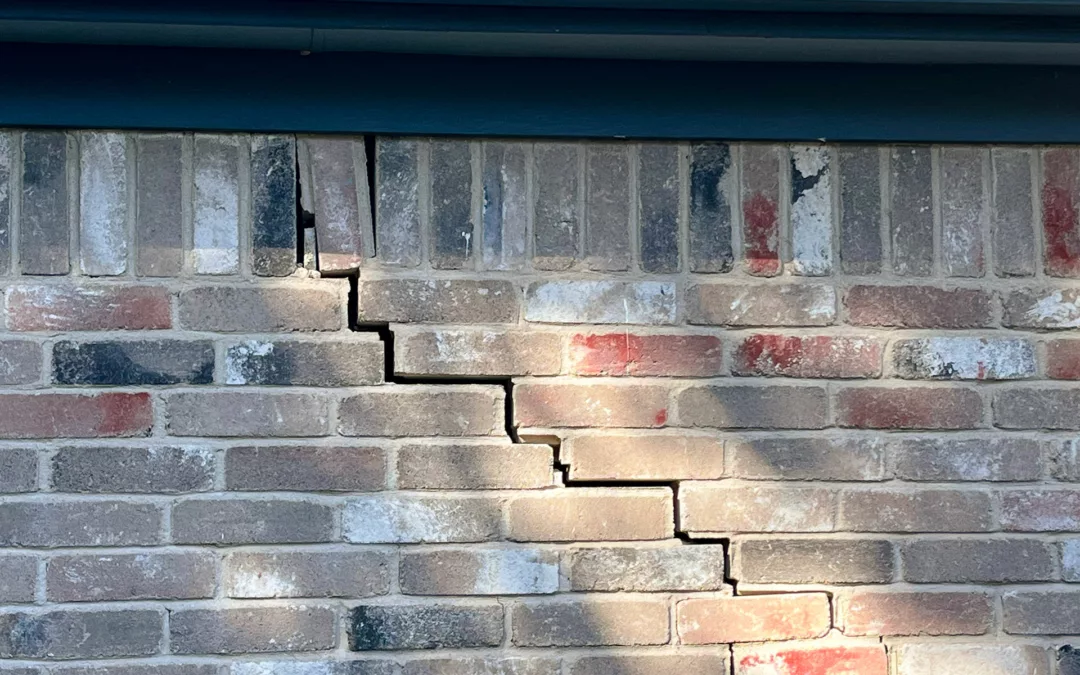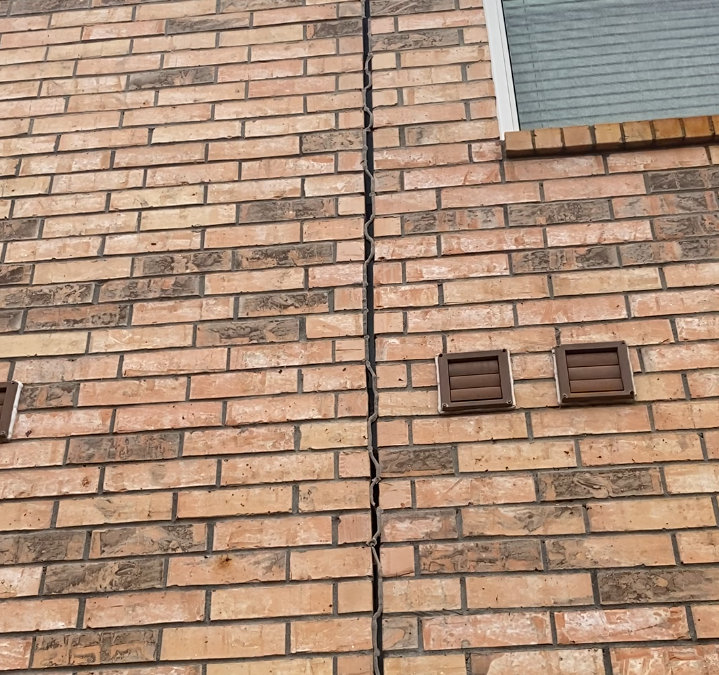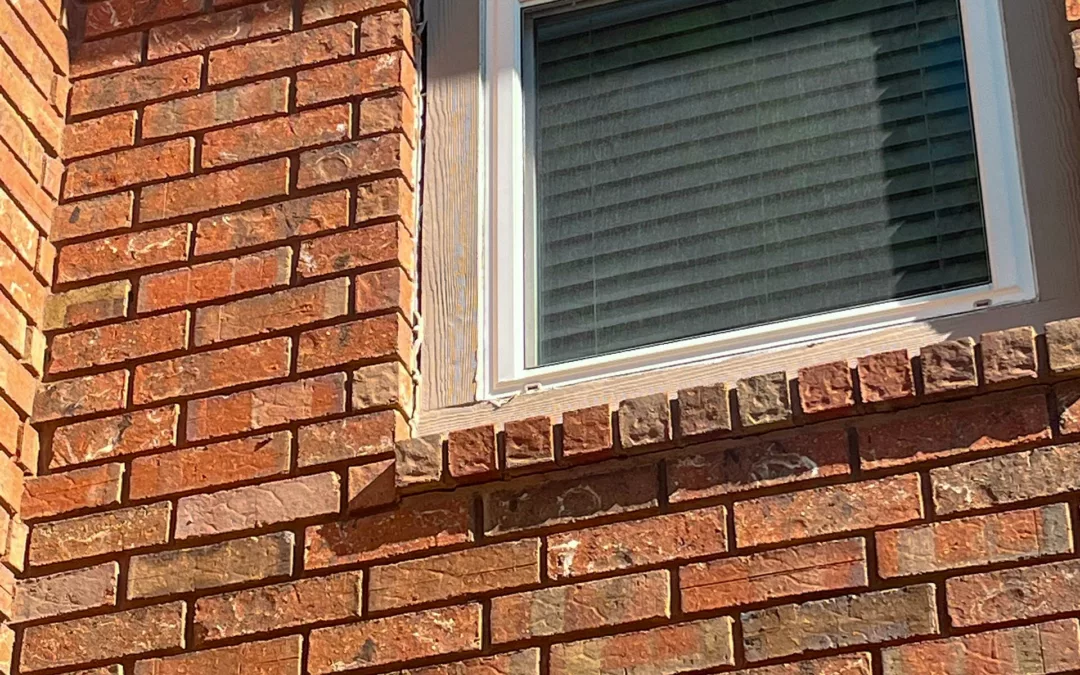
5 Visible Signs That Show Your Home Foundation Has Issues
The foundation of your home is the backbone supporting its entire structure. Over time, your home foundation can develop issues early on, which is inevitable. Waiting too long to address these issues can lead to extensive damage and costly repairs. Just as you wouldn’t neglect back pain or any illness, the same attention and care should be given to your home foundation.
Here, we will review the top 5 visible signs you must look out for when inspecting your home’s foundation. Any of these signs guarantee that you must speak to a professional who can fully diagnose your home’s foundation issue. We at Noble Foundation Repair can give you that guidance. If you are in Houston and looking for professional help, please don’t hesitate to contact us. If you are still uncertain, please read this article and learn about the visible signs.
1. Cracks on Walls
Among the most visible indicators are the various types of cracks that can appear on your property. While some cracks might seem benign at first glance, their presence and progression can hint at underlying foundation issues, especially in areas prone to foundation problems like Houston, Texas.
Brick and Exterior Cracks
Initially, hairline cracks on your home’s exterior surfaces might not seem like an issue. However, these fissures can quickly escalate from minor cosmetic issues to significant structural concerns. When cracks widen or adopt a stair-step pattern along brickwork or masonry, it’s time to pay attention. This pattern often signifies that the foundation beneath is unevenly settling or experiencing stress, compromising the structural integrity of your entire home. The unique soil composition in regions like Houston can exacerbate these issues, making early detection and intervention paramount.
Interior Sheetrock Cracks: A Hidden Sign
Similarly, the appearance of cracks in your home’s interior sheetrock or drywall, particularly around door frames and windows, should not be overlooked. These cracks are aesthetic flaws and potent indicators of foundation settlement or shifting. Such disruptions can stem from various factors, including soil movement, moisture fluctuations, or even the natural settling of the house over time. However, when these cracks become pronounced, they signal a need for immediate expert evaluation.
Walls are a huge indicator, and they can become more apparent over time if they start to expand. Please be aware of any you might have and evaluate them over time to see if they indicate your foundation’s structure is developing issues. You can even see some Before and Afters from our previous clients who had these signs and seem them close after we addressed the foundation issues.
2. Doors and Windows That Don’t Close Properly
One of the more subtle signs of foundation issues is the misalignment of doors and windows. While it’s easy to attribute the difficulty of opening or closing these things to the seasons, misaligned doors and windows often indicate deeper structural concerns. They signal foundation issues that can lead to more significant problems.
The Signs of Misalignment
When doors begin to stick or fail to latch properly or when windows become challenging to open or close, it’s essential to look beyond temporary weather conditions. These issues can arise from the foundation’s subtle movement, causing structural shifts that affect door and window frames. Over time, as the foundation settles or shifts, these problems can become more pronounced, making early detection crucial.
Understanding the Underlying Causes
The root causes of misaligned doors and windows are often traced back to the foundation moving. In areas like Houston, where soil conditions can be volatile, changes in moisture levels can lead to soil expansion or contraction, impacting your home’s stability. This, in turn, can cause the house to settle unevenly, leading to the misalignment of doors and window frames.
As part of routine home maintenance, you should regularly check your doors and windows. Noting changes over time can provide early warnings of potential foundation issues. Engaging with foundation repair experts at the first sign of trouble can prevent minor adjustments from escalating into significant repairs.
3. Sloping or Uneven Floors
If you’re dropping a ball and it consistently rolls in one direction or you feel a noticeable slant while walking, your floors might be uneven. Sloping floors can be a direct result of foundation problems, as the ground beneath your home or business shifts.
4. Gaps Between Walls, Ceilings, and Moldings
The appearance of gaps where walls meet ceilings or where moldings pull away from walls is a sign that your foundation might be settling unevenly. Regularly inspect the junctions and corners of your rooms to spot these gaps early.
5. Moisture or Water in the Basement or Crawlspace
While Houston, Texas, is no stranger to humidity, persistent dampness or pooling water in your basement or crawlspace shouldn’t be taken lightly. It could indicate poor drainage around your foundation, leading to potential foundation damage.
Why Choose Professionals for Your Foundation Needs?
Professional foundation repair companies like Noble Foundation Repair not only spot the problems but provide comprehensive solutions. With their expertise in foundation repair, you’re assured of a thorough assessment, precise solutions, and a durable result.
If you notice any of these signs in your home or business, don’t wait. Addressing these issues early can save you from bigger headaches down the line. Get a Free Evaluation from us now!


